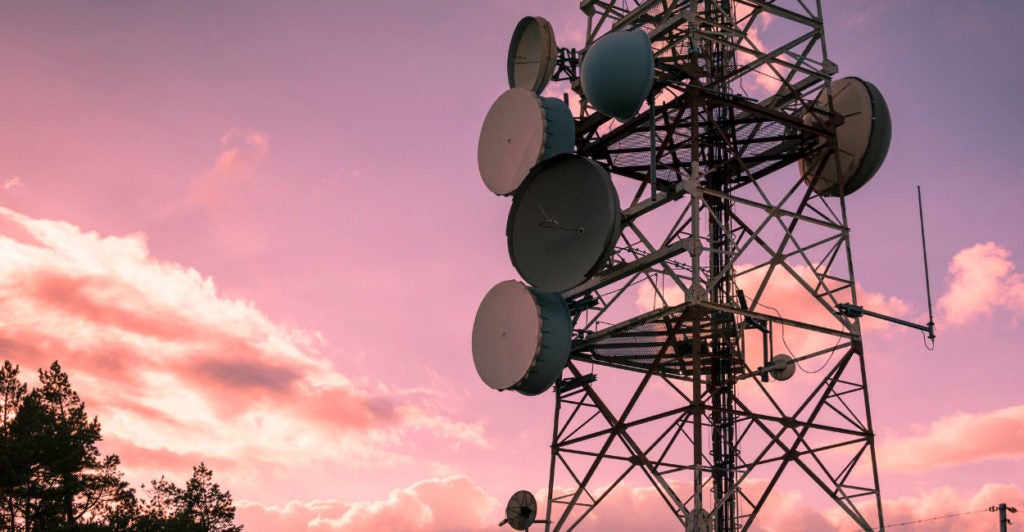This June, the Government Accountability Office published a report on the federal government’s Lifeline program, one of four programs established in the decadeslong pursuit of “universal service.”
This principle that all Americans should have access to communications services has cost telecommunications companies and their customers over $100 billion over the past 20 years.
The Lifeline program specifically attempts to promote telephone subscription among low-income households and has recently expanded to offer broadband service.
Before this evaluation by the Government Accountability Office, the Federal Communications Commission (FCC) was “limited in its ability to demonstrate whether Lifeline is efficiently and effectively meeting its program goals.” However, this report seems to question even further the value of this program.
Telecommunications companies pay into the fund that pays for Lifeline, generally passing on the cost to their customers. Most people who pay a phone bill, then, are paying for this program.
The key question here is: What are we as consumers paying for, and is it worth it?
Of the 38.9 million households that were eligible for Lifeline as of October 2015, only 12.5 million—just about a third—were actually enrolled. Of even those households, it is nearly impossible to tell whether Lifeline provides their only connection or just a secondary service for them.
In the case of the Lifeline program’s new broadband coverage, there is little evidence that the program’s efforts have helped to close the gap in broadband access between low-income households and the rest of the country.
That failure should be no surprise considering that in 21 states, there is at least one company offering broadband service at a monthly cost of $10 or less, which is less than one-fifth of the cost of the Lifeline program’s $55-per-month comparable service.
The Government Accountability Office also found issues with verifying subscriber eligibility for the program and with determining that Lifeline providers have accurately reported the number of subscribers for whom they seek reimbursement, among other issues.
On the provider side, 27 companies that pay into the Universal Service Fund were found to have overcharged their customers for the fees, and for 24 of them, no follow-up or enforcement actions were taken.
Beyond not actually accomplishing what it was designed to accomplish, the Lifeline program is riddled with waste, fraud, and abuse and lacks effective oversight.
Perhaps most disturbing is the discovery of pervasive fraud among participants and weak subscriber eligibility verification procedures in the program.
To qualify for Lifeline, a subscriber must be enrolled in Medicaid, SNAP (the Supplemental Nutrition Assistance Program), or another Social Security insurance program. The Government Accountability Office was unable to confirm that a substantial portion (67 percent) of Lifeline subscribers were actually enrolled in one or more of these programs.
The subsidies and reimbursements given to Lifeline providers for these fraudulent subscribers add up to $137 million annually at the current subsidy rate. A total of 6,378 deceased people are receiving Lifeline benefits, costing $707,958 annually, on top of the $612,000 annual cost of 5,510 potential duplicate subscribers.
A 2012 attempt to weed out fraudulent Lifeline participants resulted in a drop of $40 million in payouts in just the first month after eligibility verification requirements were instituted.
In 2016, after four years of enhanced eligibility verification, participation declined from 18.1 million to 12.3 million subscribing households, indicating that at least that many subscribers were likely fraudulent.
Additionally, in an undercover test done by the Government Accountability Office, 12 of 19 Lifeline providers approved applications that used falsified information, showing just how easy it is to take advantage of the system and acquire the benefits without actually being qualified.
With such a lack of oversight and verification, it is entirely possible that this program, designed to help low-income households, is being used by vast numbers of people who could easily afford phone or internet service independent of Lifeline.
The Lifeline program, originally instituted to promote telephone subscription in low-income households and now endeavoring to do the same for broadband service, does not come close to achieving its stated goals.
Instead, it wastes millions of dollars collected from telecommunications companies, which pass the cost on to their customers in the form of additional fees.
The Government Accountability Office report shows that when we as consumers of telephone and internet service pay for the Lifeline program, that money is often being spent on fraudulent customers.
Even the legitimate expenditures in the program are not necessarily making a difference in increasing telephone or internet subscribership in low-income households.
